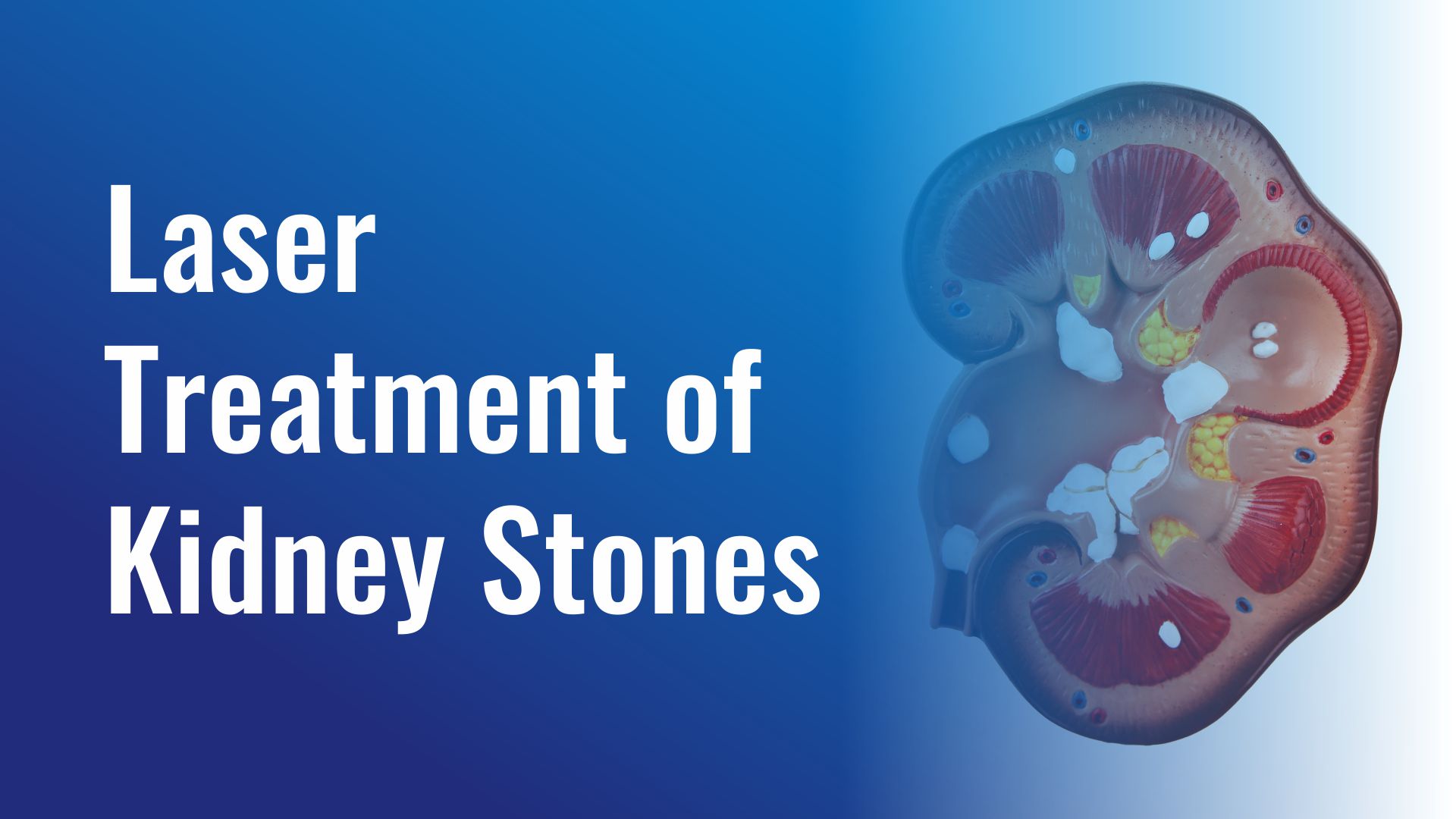The term “laser treatment” for kidney stones is often misunderstood. In reality, the laser itself is not a standalone treatment but rather a tool used in conjunction with specific surgical procedures to break or “dust” the stones. The actual treatment methods include:
Ureteroscopy (URS)
This procedure involves inserting a small semi-rigid scope through the urethra and bladder, up into the ureter , to access and treat stones usually located in the lower ureter . Once the stone is visualized, a laser is used to fragment or dust the stone, making it easier to remove or pass naturally.
Retrograde Intrarenal Surgery (RIRS)
RIRS is a minimally invasive procedure where a flexible ureteroscope is passed into the kidney through the natural urinary tract. It is used for stones located within the upper ureter and kidney. The laser helps break the stones into dust or smaller pieces, which can either be extracted or left to pass in the urine.
Percutaneous Nephrolithotomy (PCNL)
PCNL is used for larger or more complex kidney stones. In this procedure, a small incision is made in the back to access the kidney directly. Once the stone is located, the laser can be used to break it into manageable pieces. This method is generally used for larger stones that are not easily treated via URS or RIRS.
Role of the Laser
In these procedures, the laser is not the treatment itself but a source of energy used to fragment or dust the stone. The most commonly used laser for these purposes is the Holmium:YAG laser or Thulium Fiber Laser, which are effective at breaking down stones of different compositions into dust or fine particles or fragments.
FAQs on Laser Treatment of Kidney Stones
1. Can all kidney stones be treated with URS, RIRS, or PCNL?
URS is usually performed for stones in the lower ureter, RIRS for those in the upper ureter and kidney, and PCNL usually for large stones in the Kidney.
2. Is laser treatment the main method for treating kidney stones?
No, laser treatment is not a standalone method. It is a tool used in conjunction with surgical procedures like URS, RIRS, and PCNL to break or fragment kidney stones.
3. What is ureteroscopy (URS) and how is the laser involved?
URS is a procedure where a semi-rigid scope is inserted through the urethra and bladder to access stones in the lower ureter. A laser is used to fragment or dust the stones, making them easier to remove or pass naturally.
4. What is Retrograde Intrarenal Surgery (RIRS)?
RIRS is a minimally invasive procedure using a flexible ureteroscope to access stones in the upper ureter and kidney. The laser helps break the stones into smaller pieces or dust, which can either be extracted or pass out spontaneously through the normal urinary passage.
5. How is laser used in Percutaneous Nephrolithotomy (PCNL)?
In PCNL, a small incision is made in the back to access kidney stones. The laser is used to break the stones into smaller, manageable pieces.
6. What type of laser is commonly used for kidney stone treatment?
The most commonly used lasers for kidney stone treatment are the Holmium:Yag laser and the Thulium Fiber Laser. Both are effective at breaking down all types of Kidney stones .
7. Does the laser treatment work for all types of kidney stones?
Yes, the Holmium and Thulium Fiber lasers are effective at fragmenting or breaking all types of kidney stones.


Leave a Reply